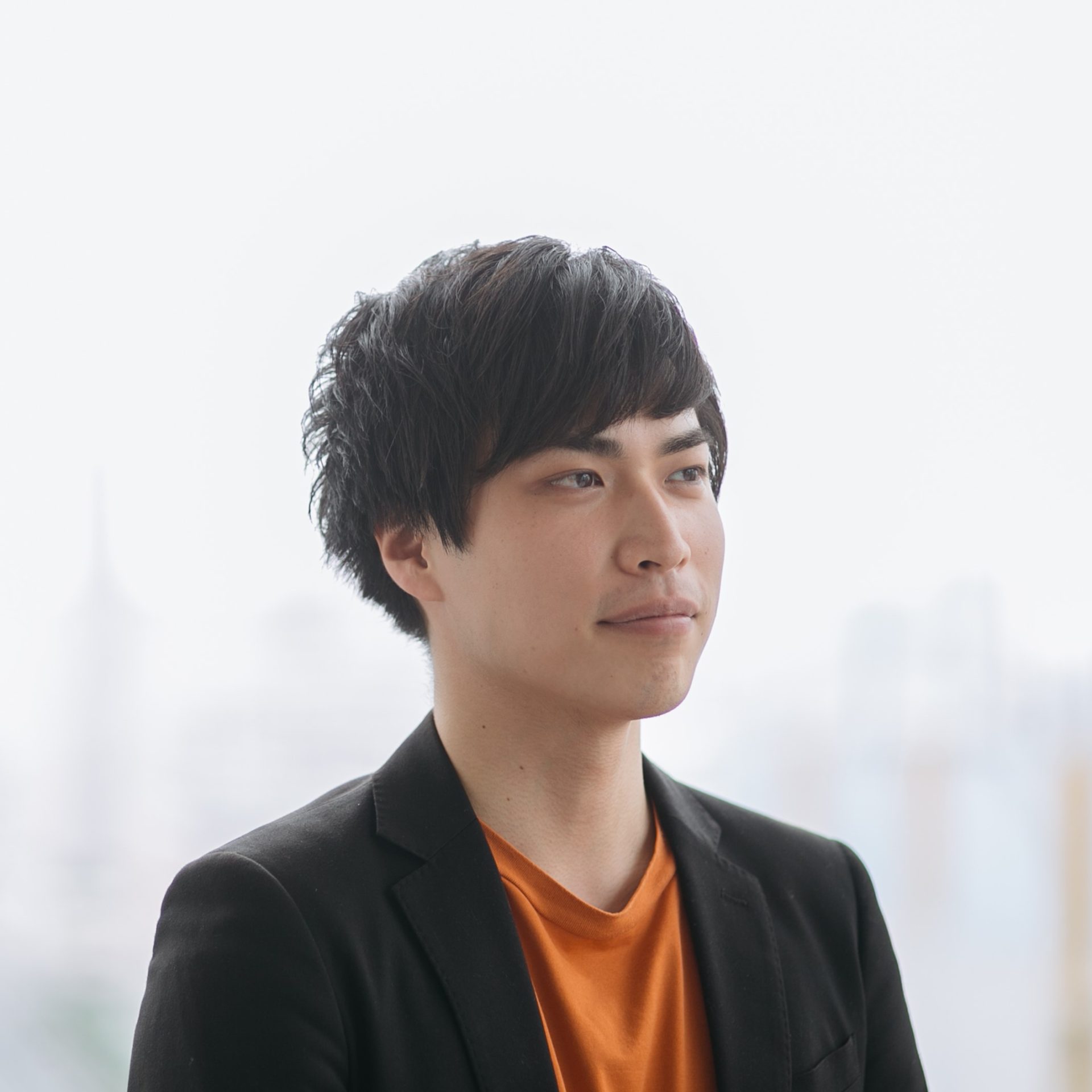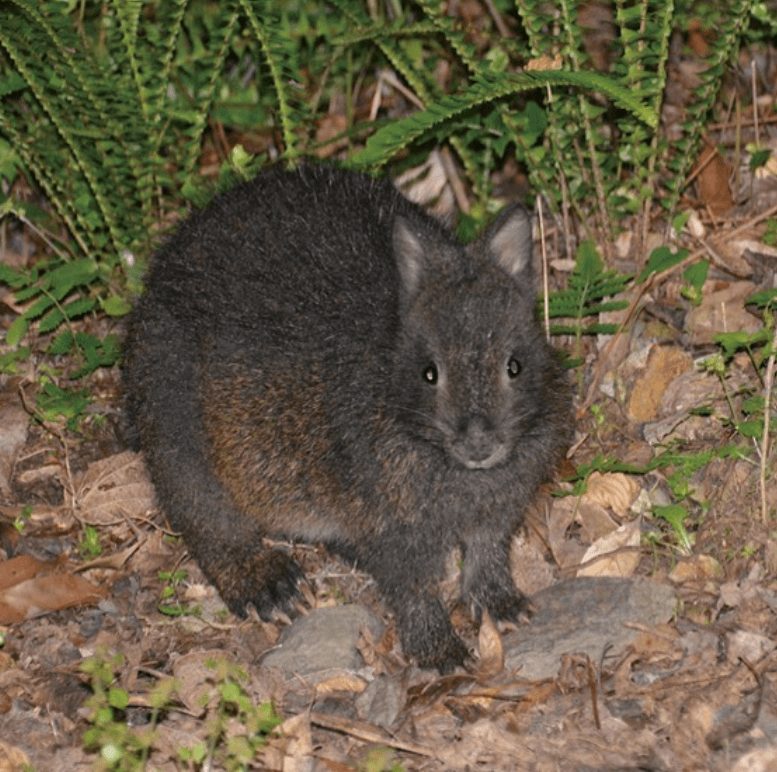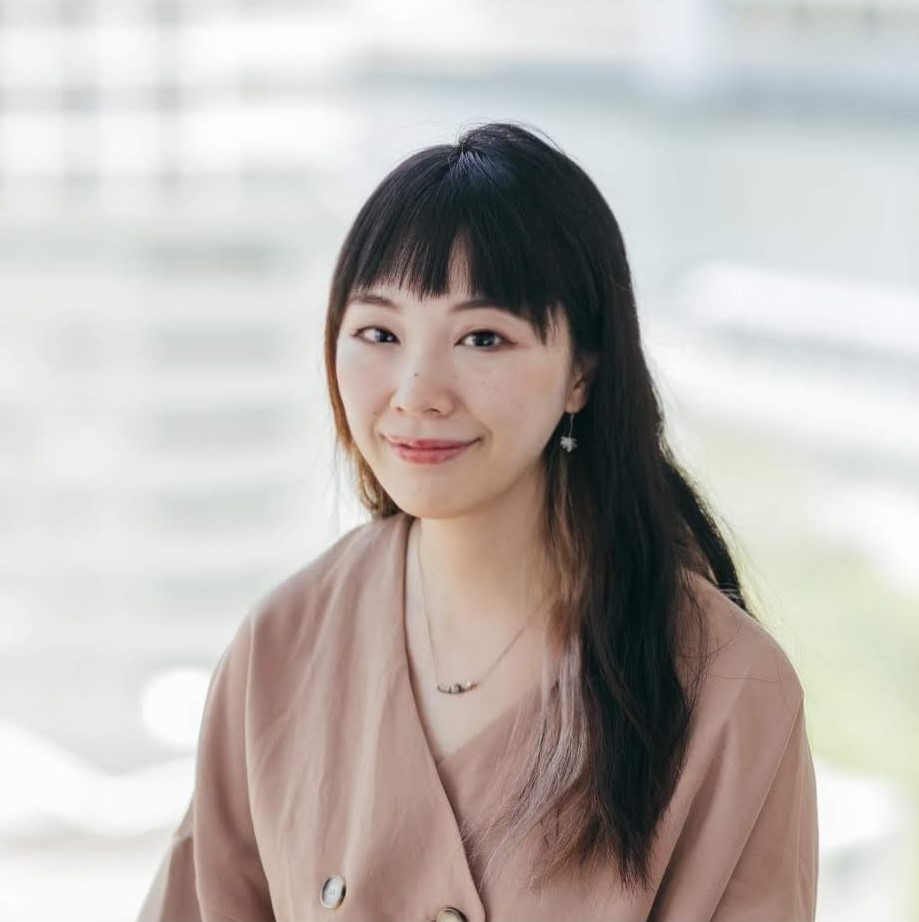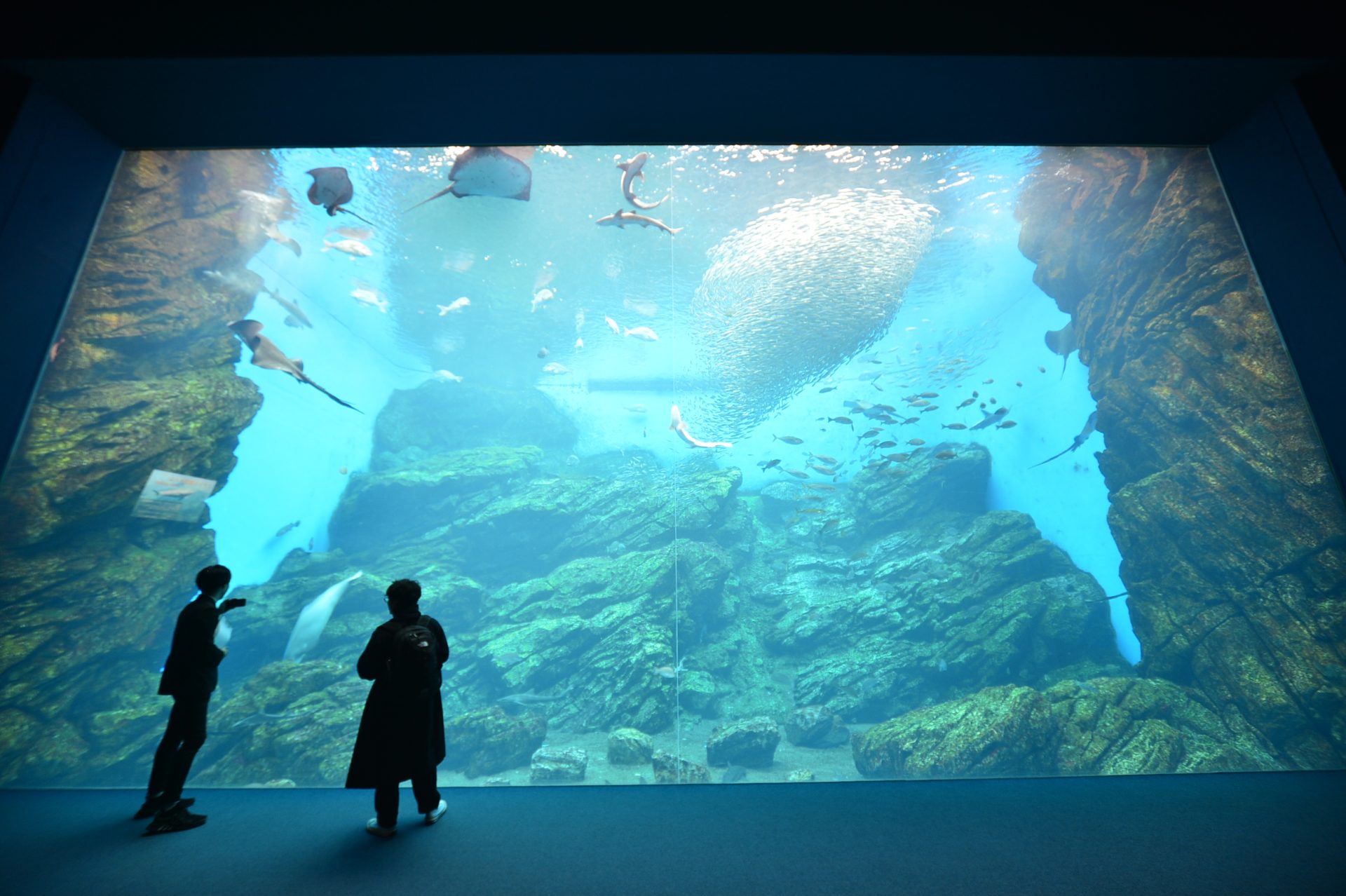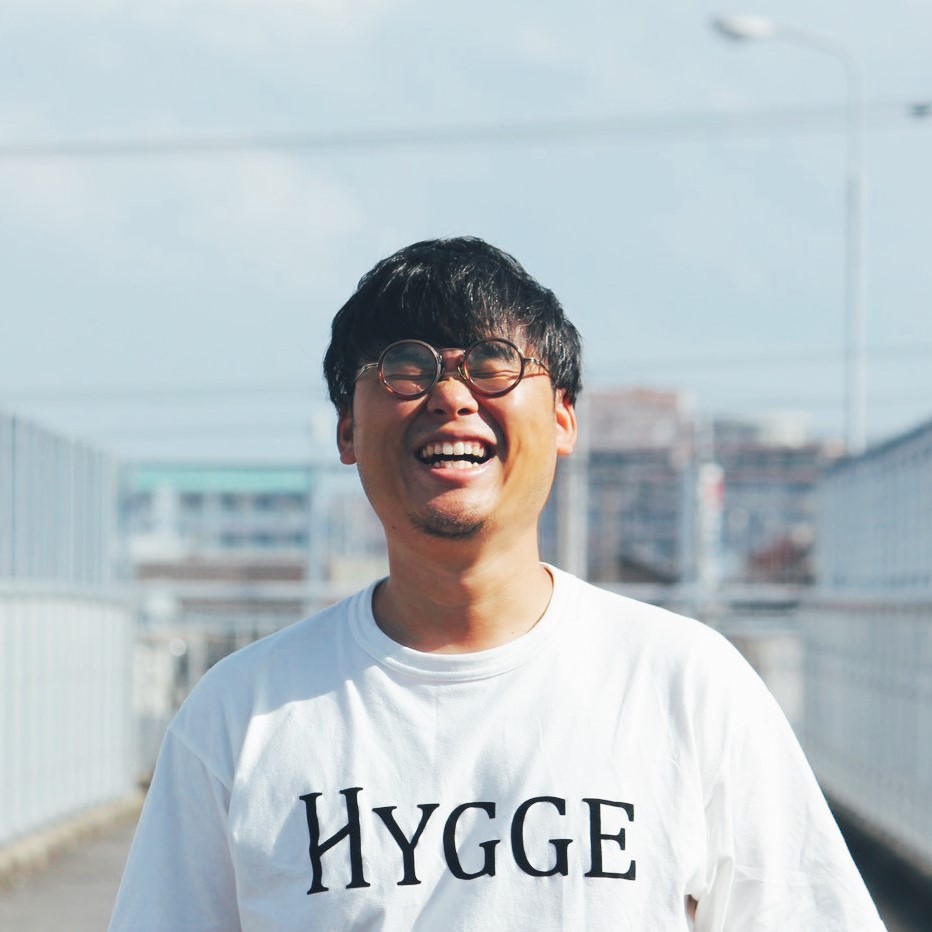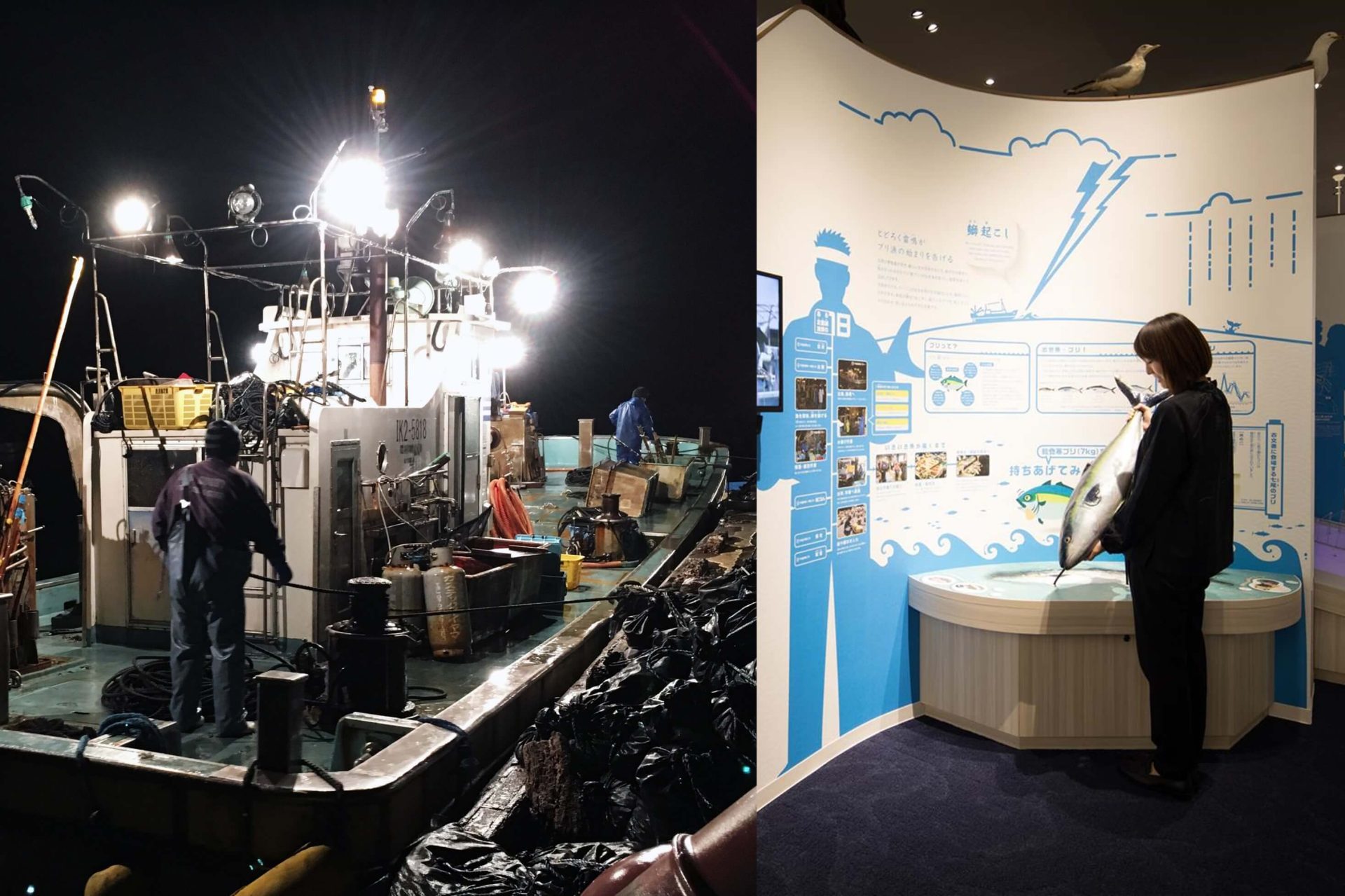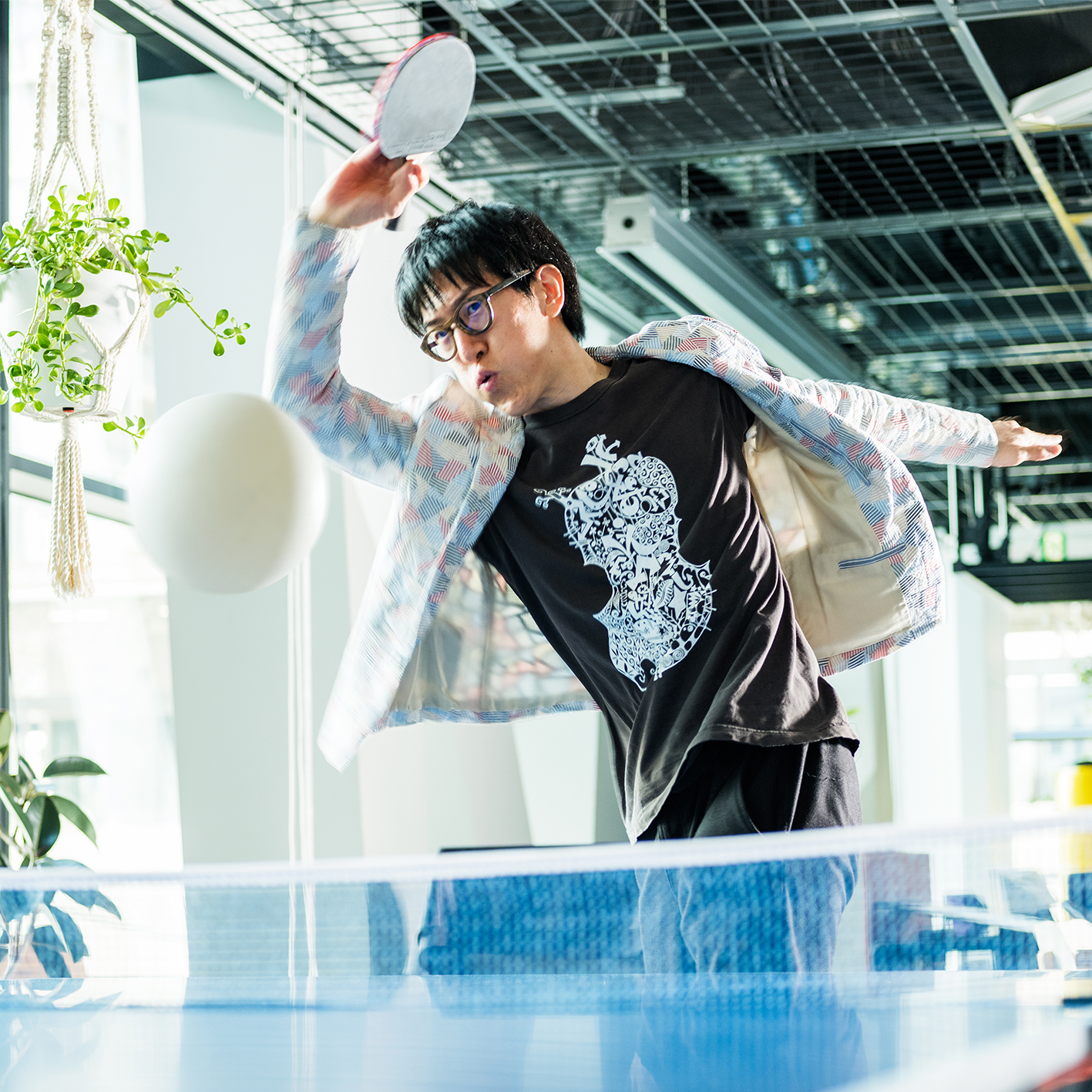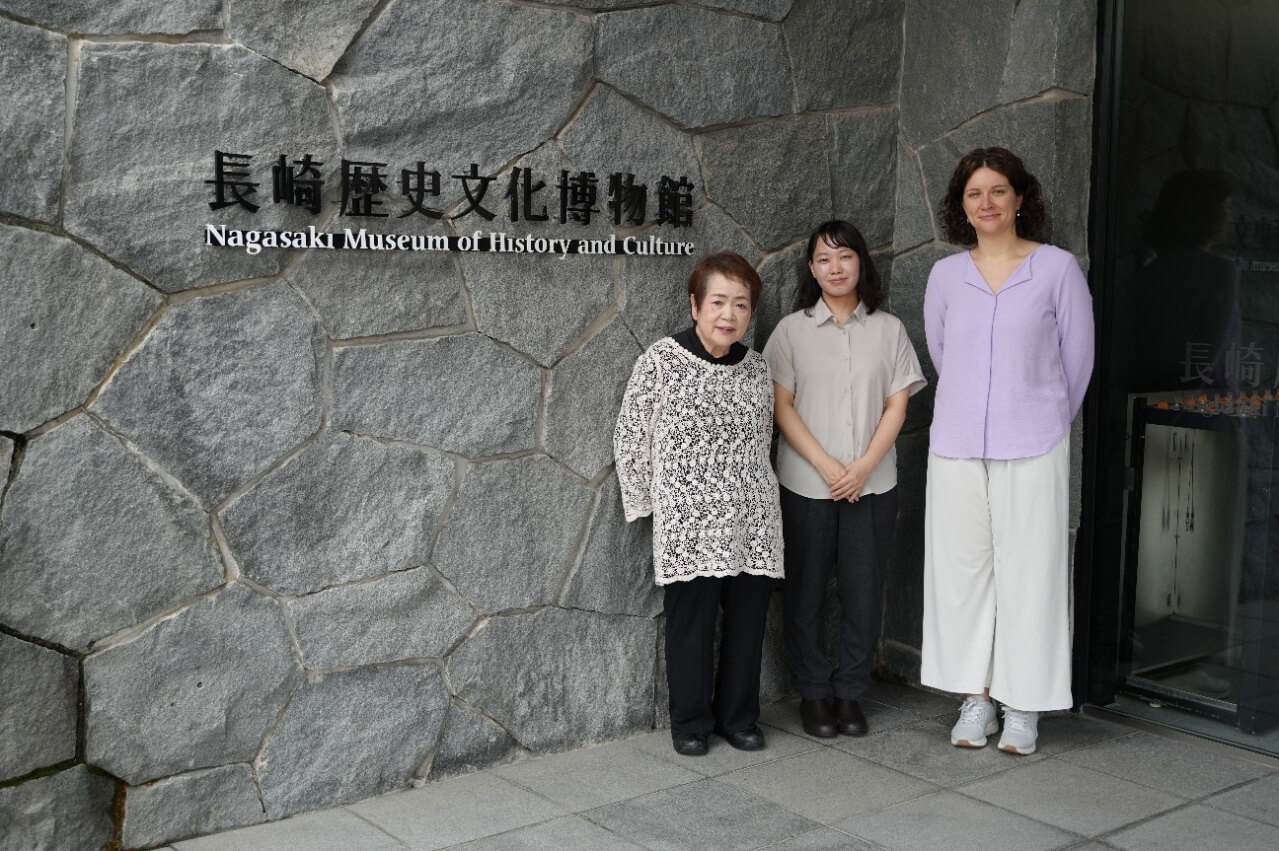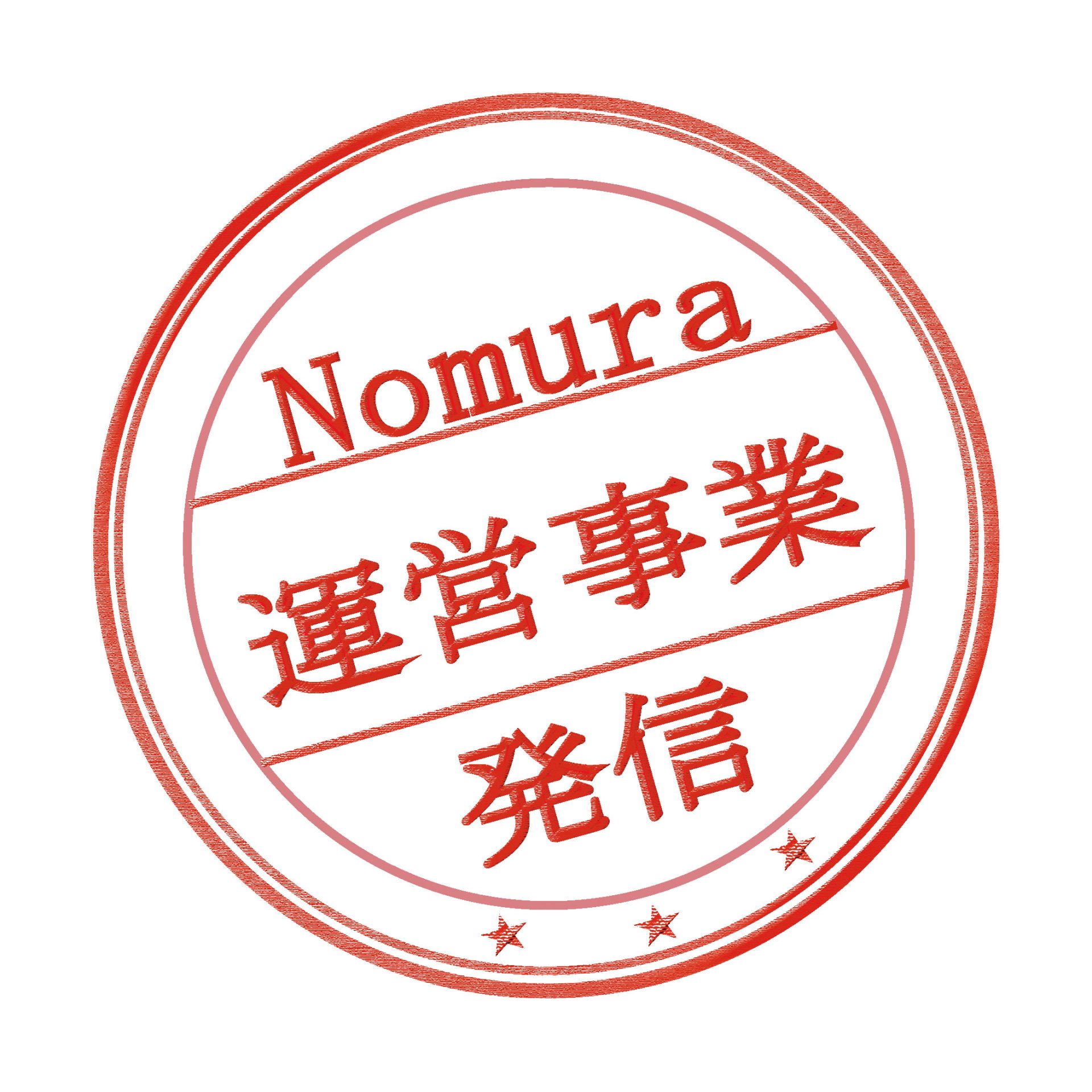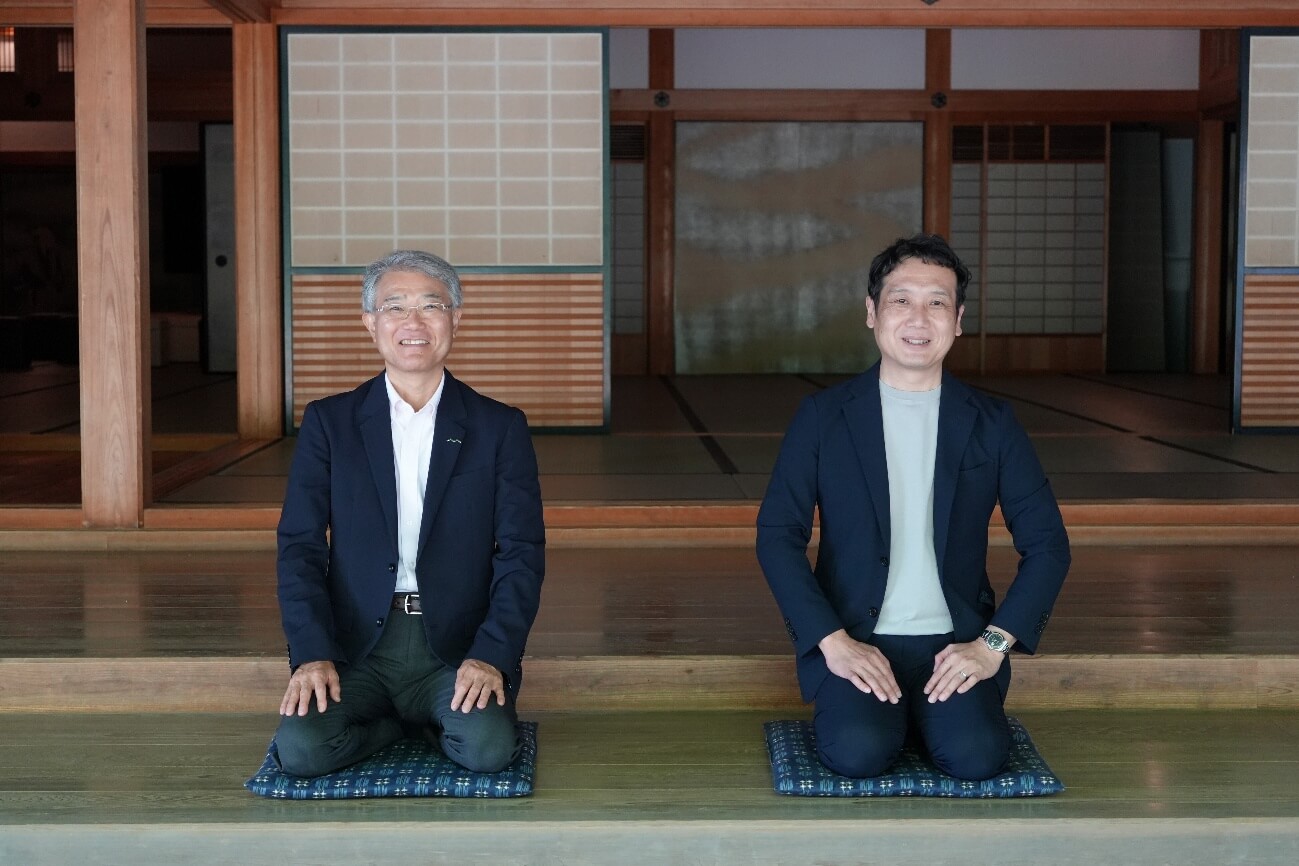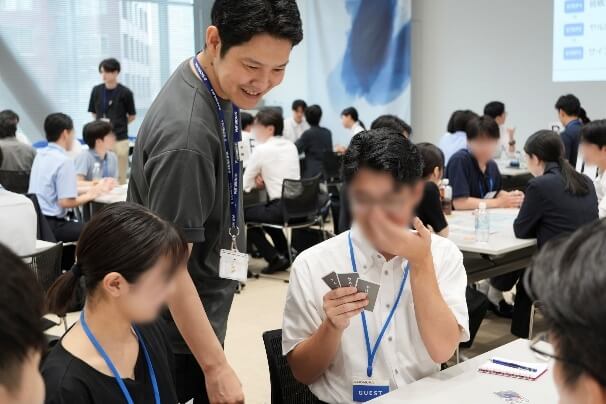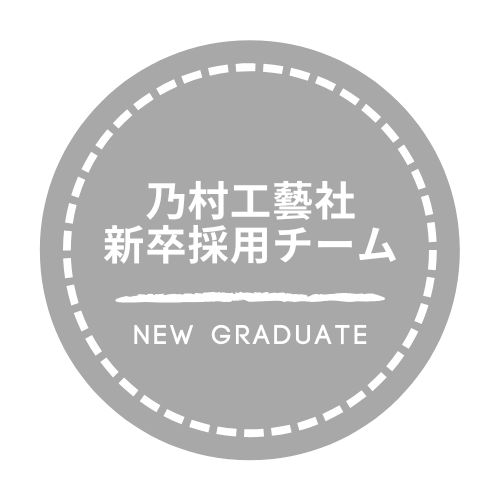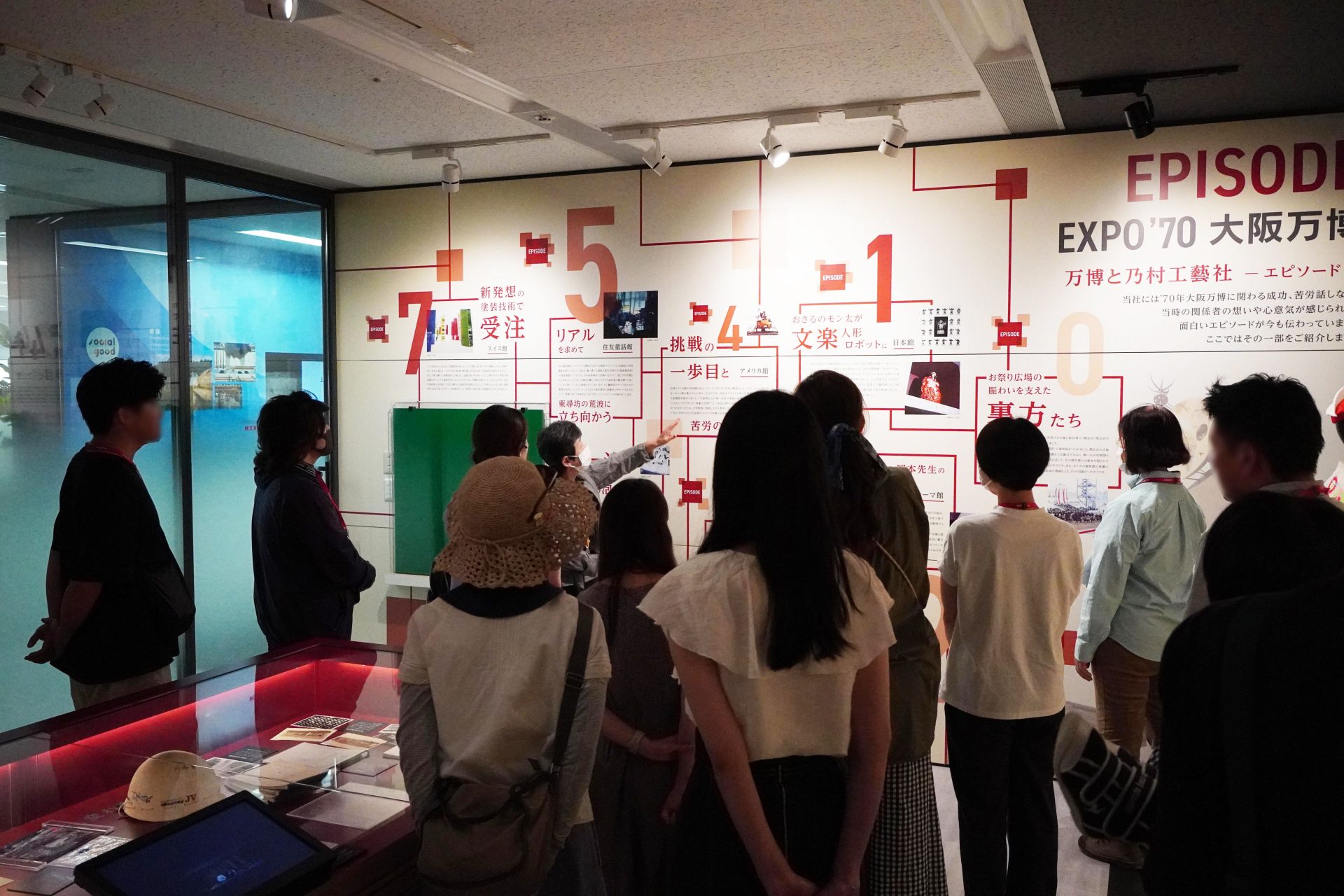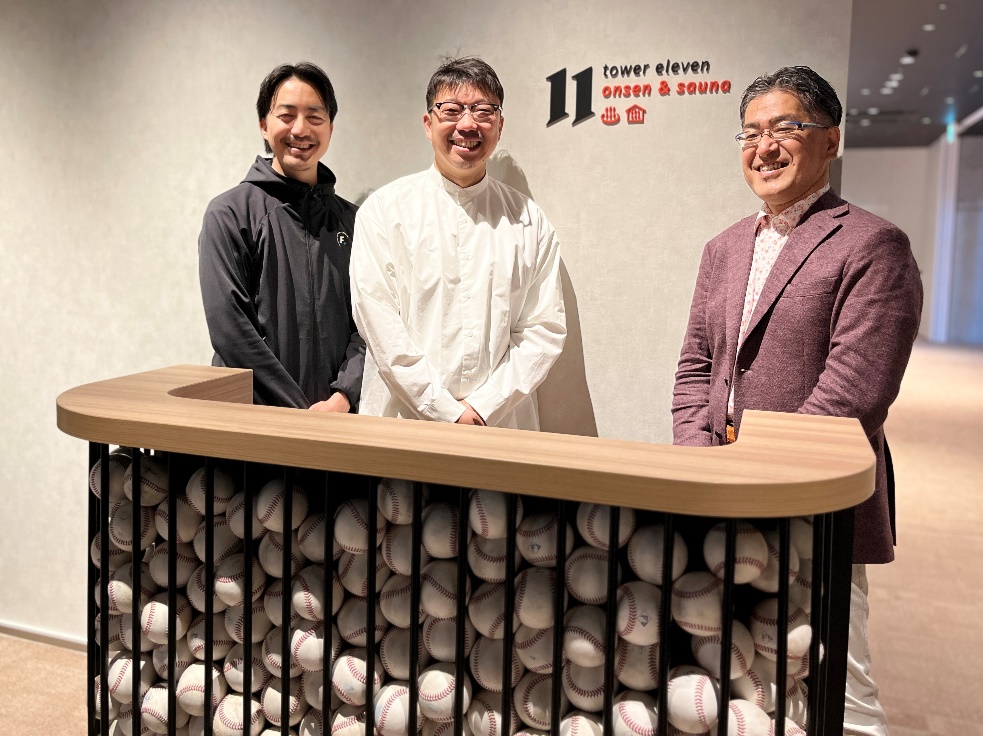
It's like a picture book about traveling across the ocean. Oga Aquarium experience story
2020/11/24- text and edit by
- Ryohei Sakaki
hello
This is Ryohei Sakaki, a planner.
This serial project, "Tohoku Aquarium Trip",
This is
an aquarium excursion that reports on Tohoku aquariums from the perspective of a planner.
"Tohoku Aquarium Trip" members
Mr. Hideki Sato (hereafter: Mr. Hideki) who is NOMURA Co., Ltd. 's best aquarium planner
I, Ryohei Sakaki (hereafter referred to as Sakaki), started working on the long-awaited aquarium business.
Yuga Okamoto (hereafter referred to as Yuga) is a planner looking for stories with outstanding curiosity!
Last time, I visited Sendai's Umi-no-Mori Aquarium!
If you haven't read it yet, go here.
First step: Planner, go to the aquarium.
This article is the second installment of the "Tohoku Aquarium Trip" report.
In the first half, I will tell you about the attractions of the exhibits unique to the Oga Aquarium that I visited this time.
Furthermore, in the second half, we consider the experience story of the entire aquarium and summarize the points that we would like to utilize for future aquarium planning.
From Tokyo to Oga Aquarium in Akita, it takes about 7 hours one way using public transportation. For many people, it can be a difficult place to get to. I wrote this article to tell you the charm of Oga Aquarium because it is difficult to go to distant aquariums due to the corona disaster.
The content of this article is based on the author's (Sakaki) own observations. I actually visited the Oga Aquarium in December last year (2019), so it took me a while to organize the contents, but I would like to make it as easy as possible for everyone to understand the "discoveries, surprises, and impressions" at the Oga Aquarium. , I wrote it with the thought that I could tell you. I would appreciate it if you could watch it until the end. (The inside of the building is photographed with permission.)
Well, the season is in the middle of winter.
After leaving Sendai, we drove north while being exposed to an unbelievable blizzard. Akita Prefecture came to the Oga Peninsula. So, which aquarium did you visit this time?
 *From the left, Sakaki and Hideki shivering in the cold.
*From the left, Sakaki and Hideki shivering in the cold.
We've come all the way! Oga Aquarium!
 *Oga Aquarium on a sunny day is very calm. Photo courtesy of Oga Aquarium GAO
*Oga Aquarium on a sunny day is very calm. Photo courtesy of Oga Aquarium GAO
This time we visited Akita Prefectural Oga Aquarium GAO (hereafter Oga Aquarium). It was reopened in 2004, and currently exhibits about 10,000 diverse sea creatures of about 400 species, from polar bears to Amazon river creatures.
Oga Aquarium is located at the western tip of the Oga Peninsula. In front of you, you can enjoy the dynamic view of the Sea of Japan, which spreads out in front of you, with the dynamic dykes formed by rising magma and the splashing waves.
It's like a picture book about traveling across the ocean. A single line invites you to the world of the dazzling sea

*From the Oga Aquarium website
The Oga Aquarium has a total of 15 exhibition corners. Visitors will go around the building along the route, going back and forth between the 1st to 3rd floors.
Many aquariums, including Oga Aquarium, are configured with a single flow line around the assumed route. As a result, visitors can get away from their daily lives as they move through the aquarium and become deeply immersed in the "unusual" world of the sea. It's as if you're fascinated by flipping through a picture book about traveling on the sea.
"Oga Sea Large Water Tank" Corner
 *Photo courtesy of Oga Aquarium GAO
*Photo courtesy of Oga Aquarium GAO
The first thing you see when you enter is the Oga Aquarium's largest and most powerful tank. About 2,000 sea creatures of about 40 species are displayed in a huge aquarium with a water volume of about 800 tons, a width of 15m, a depth of 9.5m, and a depth of 8m. Swimming gracefully in the water are Oga's sea creatures such as fishfish and rockfish. The aquarium, which serves as an introduction to the world of the sea, seems to highlight the sea near the Oga Peninsula.
Sakaki
“Suddenly, a large tank!
Mr. Hideki
“Displaying the large tank first is perfect for enhancing the feeling of immersion in the sea world.”
Sakaki
“By making the whole space a darker space, I feel that the sense of immersion stands out even more.”
And this large tank can be seen from the side.
 * If you look at the large tank from the side, you can feel a lot of depth.
* If you look at the large tank from the side, you can feel a lot of depth.
Because the acrylic glass is curved, the boundary with the tank becomes ambiguous. You will feel so close to the fish that you will feel as if you are surrounded by the sea.
Looking closely at the large tank. . . that? That rock looks like it's holding something. . . ?
Mr. Hideki
"Ah! It's Godzilla Rock!"
 *Imitates Godzilla Rock, a tourist attraction that represents Oga.
*Imitates Godzilla Rock, a tourist attraction that represents Oga.
Yuga
“It is also interesting to see Shikake, which has a playful spirit that reflects the 'ness' of the region.”
These rocks are called imitation rocks, and are artificially made to imitate rocks in order to reproduce the real world of the sea in an aquarium. The rugged rock surface and moss on the surface of this artificial rock give it a nice taste.
If you see only imitation rocks in various aquariums, you will become more and more curious about imitation rocks, saying, "Is that a imitation rock? No, is it different?" smile
"Japanese Saltwater Fish, Akita Forest and River Fish" Corner

When you go up to the second floor, there are rows of small tanks about the height of a child, and there is an exhibition corner of creatures that inhabit the seas of Japan, such as cherry sea bream and Japanese spider crab. The inside of this corner is a free flow line, so visitors can walk around their favorite tanks as they please.

A group of women sitting near the fish tank had a lively conversation, saying, "I like this fish and eat it often. How do you cook it?"
The charm of a small tank is that it focuses on one creature, so it is easy to have a conversation and you can take a good look at it from various angles.
In the depths of the Japanese saltwater fish corner, an aquarium that recreates the forests and rivers of Akita has appeared.

You can enjoy watching the river fish swimming lively against the flow of water. Rare fish designated as endangered species are also on display.
The "Japan's saltwater fish, Akita forest and river fish" cornerseems to be a place to think about the marine ecosystem around us while enjoying conversation in a bright atmosphere.
"Seabed of the Sea of Japan, Coral Reef Creatures, Amazon" Corner
 *Upper left "bottom of the Sea of Japan" The illuminance of the space is lowered from this corner. Upper right "Coral reef creatures" Lower "Amazon"
*Upper left "bottom of the Sea of Japan" The illuminance of the space is lowered from this corner. Upper right "Coral reef creatures" Lower "Amazon"
The world is filled with bright natural light, and the next area leads to a darker space.
The themes of the tanks are shifting from familiar seas to distant seas, such as the "bottom of the sea," "warm southern sea," and "Amazon River."
Sea creatures such as piranhas and electric eels that make your heart pound. One of the attractions of the Oga Aquarium is that you can meet sea creatures from all over the world while you are on the Oga Peninsula in Akita.
Dawn in front of me! The expansive view of the Sea of Japan

After a series of dimly lit corners, what appeared next was the “real ocean and cliffs” of the Oga Peninsula overlooking the wide windows!
Dawn! The horizon of the open sea spreads far away, and the powerful view of the fierce waves of the Sea of Japan crashing in front of you is truly a masterpiece. The rugged rocks that spread out along the coast are said to be lava that flowed from a volcano about 30 million years ago.
Yuga
“The scenery of the sea and mountains that changes with the seasons seems to be one of the reasons why I want to come back to this place again.”
Sakaki
"That's right. There are benches and vending machines here so that you can take a break. It seems that it is a place where you can reset your feelings while incorporating Oga's attractive topography as a borrowed scenery."
"Sea mammals, sandfish, touch pool" corner
From the next corner onwards, there are tanks that make use of the character of sea creatures displayed by species.
A polar bear greeted us at the end of the gentle slope.
 *Photo courtesy of Oga Aquarium GAO
*Photo courtesy of Oga Aquarium GAO
Mr. Hideki
“There are very few pools in Japan where you can see them from the same eye level as a polar bear.”
Sakaki
“Indeed, in other zoos, etc., it seems that there are many ways to show the polar bears through fences.
Next, we went to the Hatahata exhibition corner.

Hatahata is a prefectural fish of Akita Prefecture, which is mainly eaten on the Sea of Japan side. It is exactly the choice of creatures unique to Akita's aquarium. I can't tell you in the picture, but there was also a tank with only sandfish.
Exhibitions featuring these areas are a good opportunity to foster pride in the locals and to let people outside the prefecture know about them.
By the way, sandfish is written in kanji as 鰰. It's a bit like my surname, Sakaki. . . Sense of intimacy! smile
In addition, in the seal and sea lion corner, the breeders kindly explained the ecology of seals.

Being able to see seals at such close range is unique to the Oga Aquarium. The seal that was clinging to the keeper's side was very cute.
In addition, I was able to meet creatures loved by many generations, such as penguins, jellyfish, and touch pools, which made me very satisfied.
Thinking about aquarium planning from the experience story of Oga Aquarium
So far, I have told you about the attractions of the exhibits that are unique to Oga Aquarium.
From here, we will consider the experience story of the entire Oga Aquarium.
First, let's focus on the corner title, its space, and the change in feeling when experiencing it, and summarize it in the figure below.
 *Written by Ryohei Sakaki
*Written by Ryohei Sakaki
I will tell you about three points that I noticed after summarizing.
Point 1
From creatures of the sea that are close to us to creatures of the seas that are far away.
▶ The wide entrance draws visitors into the world of the sea, gradually leading them deeper into the depths.
Please pay attention to the title of the diagram. The types of creatures on display are listed in order: "Oga's Sea → Japan's Sea → The World's Sea → Individual Creatures."
The exhibition starts with marine life that many visitors feel close to and are interested in, then gradually progresses to marine life from around the world. Finally, it develops into a space where visitors can get up close and personal with creatures with strong personalities, deepening their understanding, affection, and interest in living things.
Point 2
A series of spaces with varying speeds, such as "light to dark" or "large to small"
▶ The gap between tension and relaxation creates a memorable experience
Please pay attention to the space in the illustration. Dark and bright spaces, large and small spaces appear alternately. This succession of spaces with varying tempos stimulates human instincts (the five senses) and has a stronger appeal. By controlling the visitor's emotions through the gap between tension and relaxation, it creates a more memorable spatial experience.
Point 3
A production that makes the most of the unique characteristics of Akita and the Oga Peninsula
▶ A space where "When you think of ○○, you think of □□" is strong! Nurture your strengths and use them as a hook for the next step.
The aquarium offers unique encounters with polar bears, sandfish, the majestic nature of the Oga Peninsula, and other unique creatures. Compared to fish, marine mammals are particularly easy to empathize with and grow attached to. Utilizing the potential of these characters, it seems the aquarium planners are tasked with creating a "next hook" that will make people want to return and see them again.
summary
In this article, I examined the Oga Aquarium from a micro-macro perspective. As a result, I think I've come to understand how the Oga Aquarium provides a more impressive experience as a place to "enhance and deepen your interest in marine life."
As a starter aquarium planner, I learned a lot from organizing the experience stories again and extracting keywords for aquarium planning.
By all means, when you go to the aquarium, please be aware of the series of stories in the spatial experience. I'm sure you'll see a different charm, and you'll find the aquarium more interesting.
Thank you very much to everyone at the Oga Aquarium GAO who cooperated in the coverage, article creation, and image provision.
Like this article?
